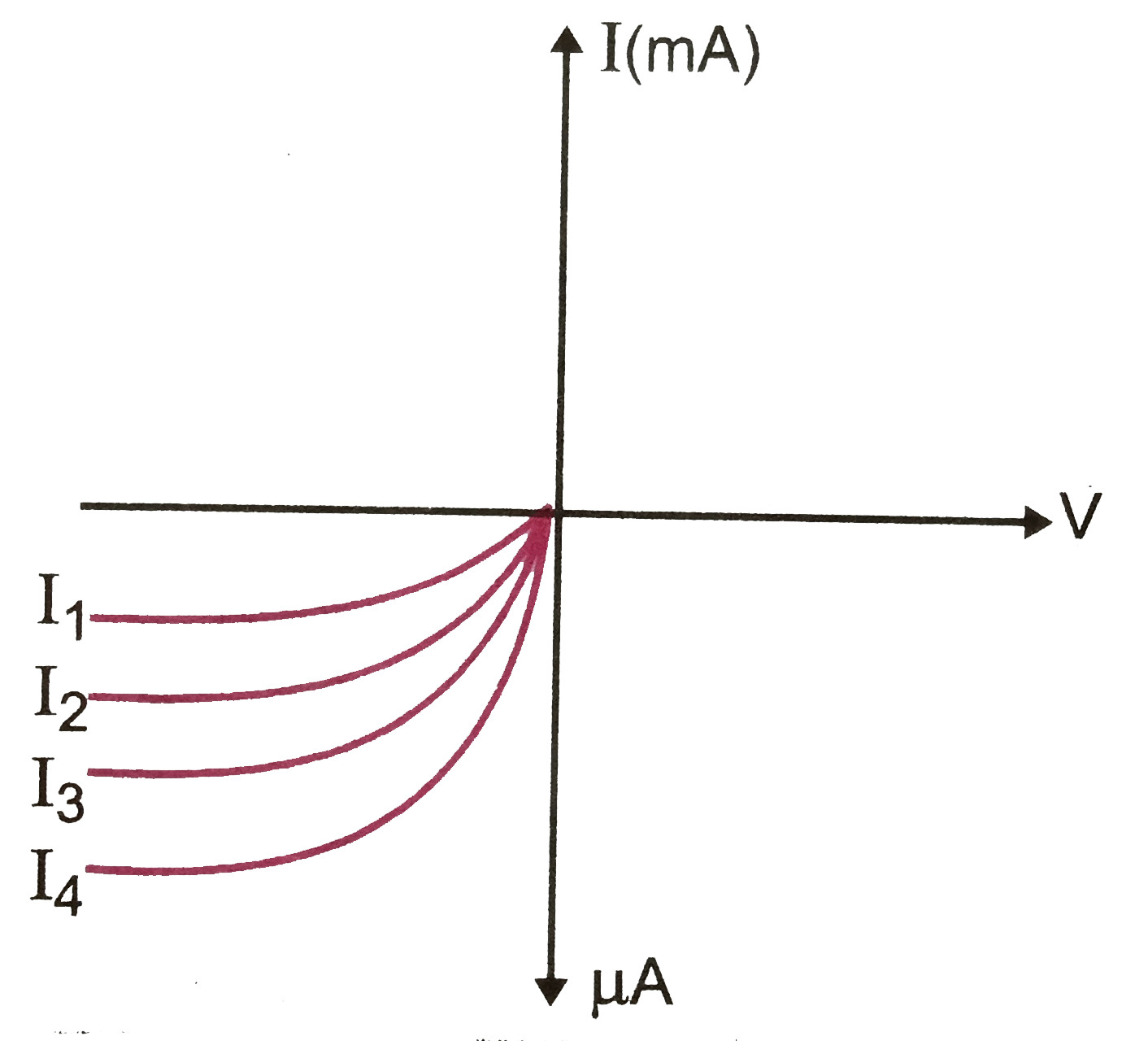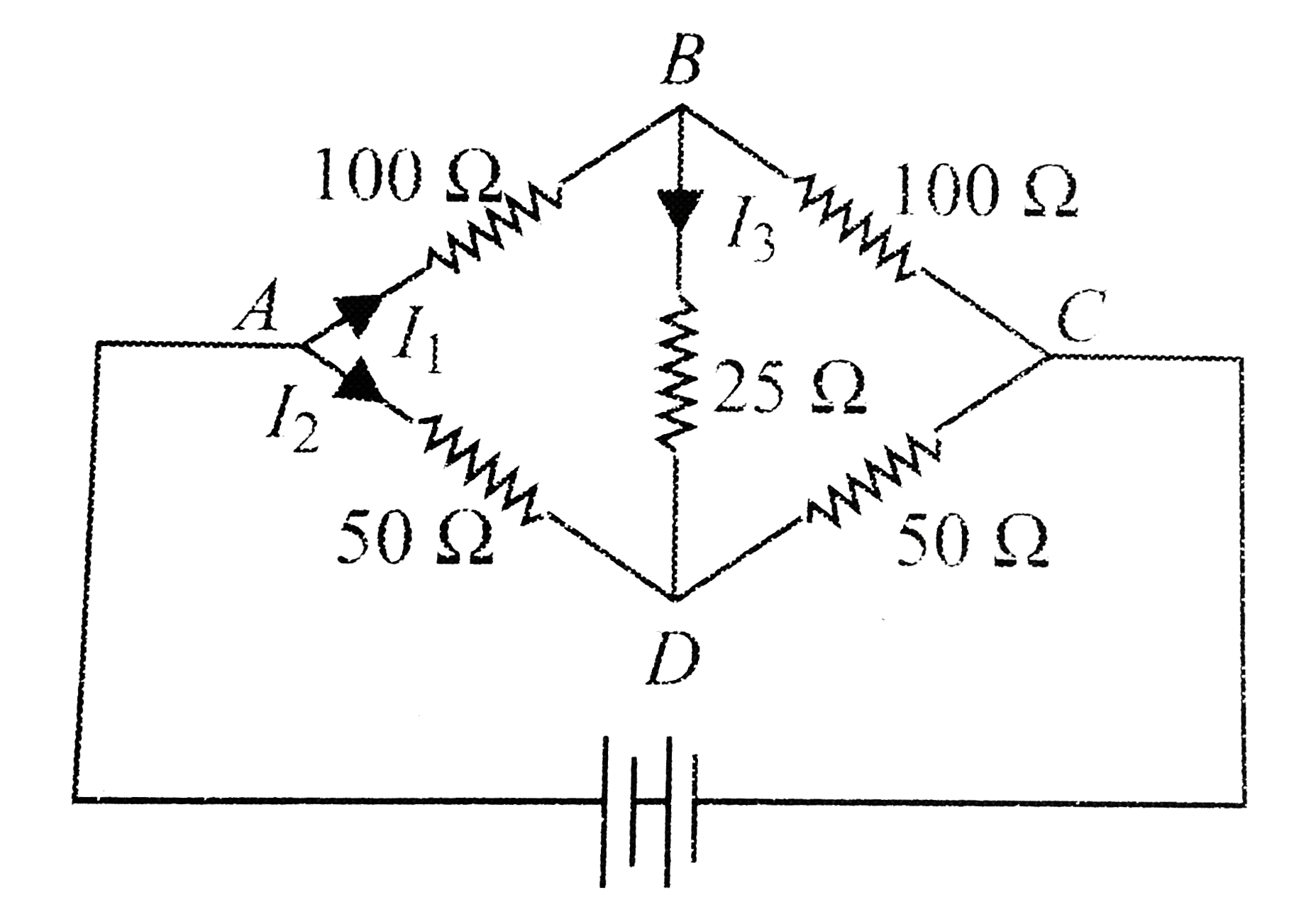The size of species I,I+ and Iɵ decrease in the order.
126.022×1023=1.9927×−23g
K=273.15+37=310.15K
Topper's Solved these Questions
- CLASSIFICATION OF ELEMENTS AND PERIODICITY IN PROPERTIES BOOK - MODERN PUBLICATIONCHAPTER - CLASSIFICATION OF ELEMENTS AND PERIODICITY IN PROPERTIES EXERCISE - COMPETITION FILE (MATRIX MATCH TYPE QUESTIONS)
3 Videos
- CHEMICAL BONDING AND MOLECULAR STRUCTUREBOOK - MODERN PUBLICATIONCHAPTER - CHEMICAL BONDING AND MOLECULAR STRUCTUREEXERCISE - UNIT PRACTICE TEST
13 Videos
- ENVIRONMENTAL POLLUTION BOOK - MODERN PUBLICATIONCHAPTER - ENVIRONMENTAL POLLUTION EXERCISE - UNIT PRACTICE TEST
15 Videos
Similar Questions
Why is a photodide operated in reverse bias mode? Fig. shown reverse bias current, under different illuminating intensities I1I2,I3 and I4 for a given photodiode. Average the intensities I1,I2,I3 and I4 in decreasing order of wavelength.

View SolutionExplain the following question (based on size of atoms or ions and other periodic properties):
a. Arrange the following species in decreasing order of their sizes//ionic radii.
i. Ar,K⊕,Clɵ,S2− and Ca2+
ii. Al3+,Mg2+,Na⊕,Clɵ,N3− and O2−
b. What are isoelectronic species? Name the species which are isoelectronic with each of the following atom or ions.
i. Rb⊕ ii. Fɵ, iii. Mg2+ iv. Ar
c. Arrange the following species/atoms in decreasing order of reducing character.
i. Na,Mg and Al ii. Mg,Ca and Sr
iii. Na,K and Rb iv. Fɵ,Clɵ,Brɵ and Iɵ
d. The decreasing order of reactivety of group 1 elements is Cs>Rb>K>Na>Li whereas that of group 17 elements is (Cl>F>Br>I). Explain.
e. Predict the formula of the stable binary compounds that would be formed by the combination of the following pairs of elements:
i. Mg and N
ii. Si and O
iii. Elements with Z=71 and F
iv. P and F
v. Al and I
vi. Li and O
f. Ansewer the following by the use of periodic table.
i. Identify the element that would tend to gain two electrons.
ii. Identify the group having metal, non-metal, liquid as well as gas at the room temperature,
iii. Identify the element with five electrons in the outer shell.
iv. Identify the element that would tend to lose two elctrons.
View Solution
Knowledge Check
The size of the species Cl,Cl− and Cl+ decreases as
ACl>Cl+>Cl−BCl+>Cl−>ClCCl−>Cl+>ClDCl−>Cl>Cl+The ionic size decreases in the order
AK+>S2−>Sc3+>V5+>Mn7+BS2−>K+>Sc3+>V5+>Mn7+CMn7+>V5+>Sc3+>K+>S2−DMn7+>V5+>Sc3+>S2−>K+The size of the following species increases in the order
AMg2+<Na+<F−<AlBF−<Al<Na+>Mg2+CAl<Mg<F−<Na+DNa+<Al<F−<Se
The size of the following species increases in the order
View SolutionShows a Wheatstone bridge circuit. Which of the following correctly showsk the currents I1,I2andI3 in the decreasing order of magnitude?

View SolutionThe size of ionic species is correctly given in the order
View Solution
The order of stability of the species (i), (ii) and (iii) is
View SolutionThe size of isoelectronic species Fɵ, Ne, and Na⊕ is affected by
View Solution
